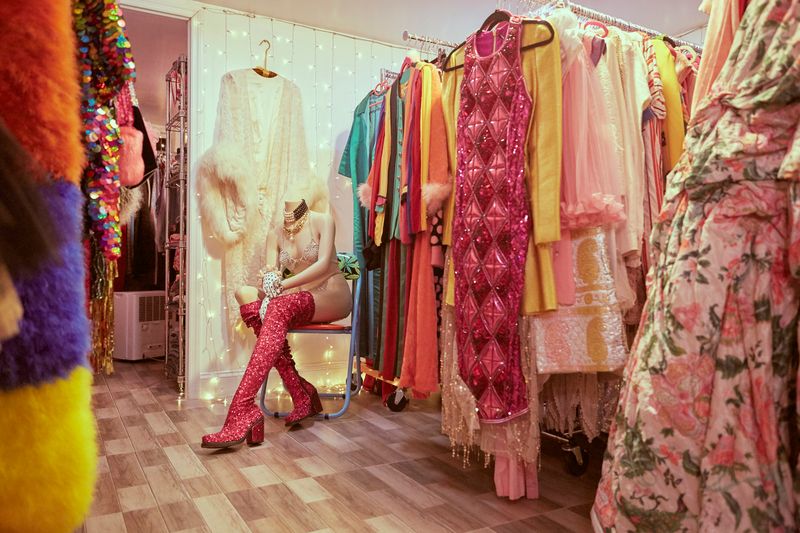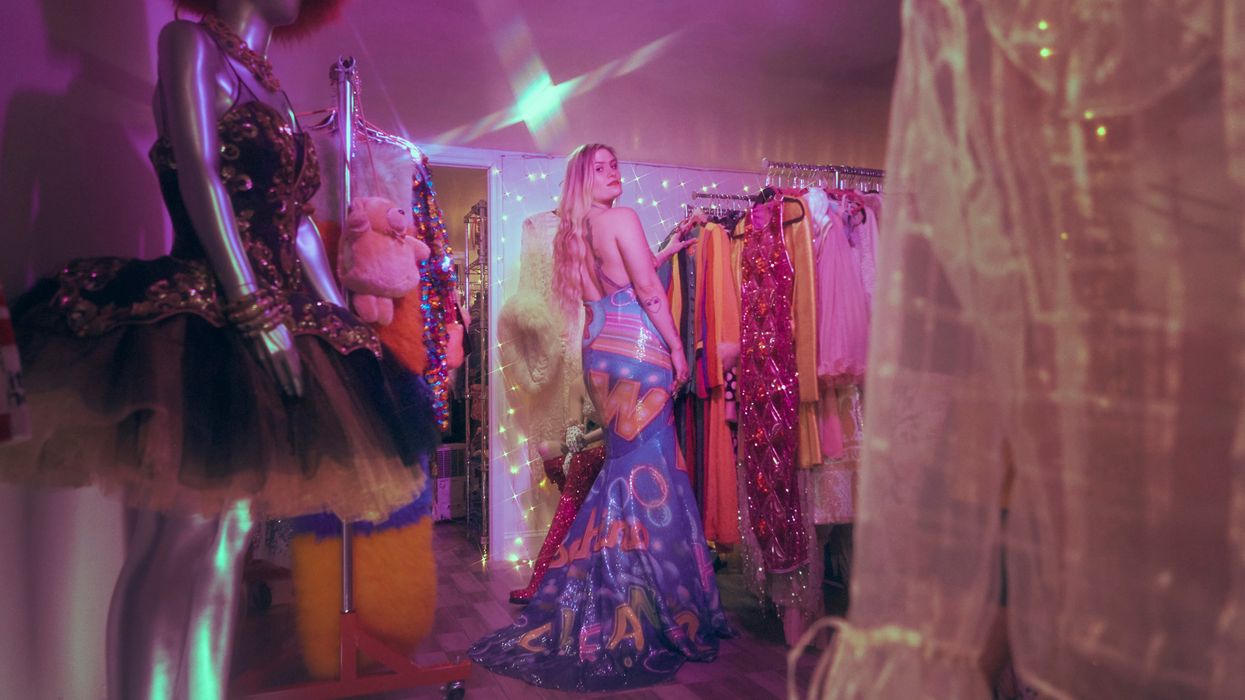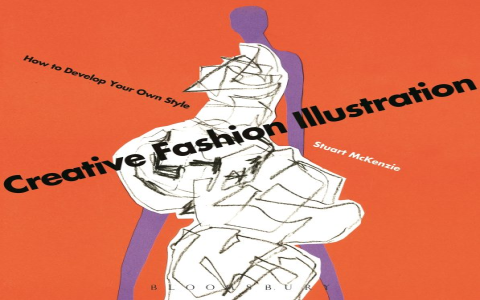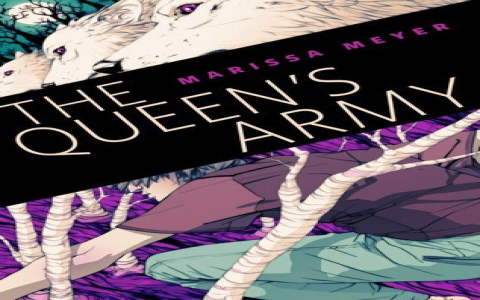What I Learned About Stylist Archive Rentals
Alright, so you’re poking around about stylist archive rentals. Let me just lay it out for you based on what I’ve been through. It’s not like popping down to the mall, that’s for sure. I got dragged into this world out of pure desperation, really. Had this shoot, a real big deal for me at the time, and the brief was insane. They wanted stuff you just can’t buy, not anymore, or not without a millionaire’s bank account. Think museum pieces, but for wearing.

So, I was stuck. My usual spots? Useless. Just racks of the same old, same old. A buddy of mine, a real old-timer in the styling game, he just grunts, ‘Archives, kid. You need archives.’ I honestly thought he was talking about dusty old books.
Finding These Hidden Spots
Turns out, these archives are where the good stuff, the really good stuff, lives. We’re talking rare designer pieces, vintage couture, things that fashion nerds dream about. But finding them? That was the first job. They don’t exactly advertise. It’s all word-of-mouth, a nod and a wink. Took me weeks of asking around, sending out feelers, basically begging for leads. You quickly learn it’s a tight little circle.
And you don’t just waltz in. Oh no. You gotta make contact, send your book, prove you’re not some tire-kicker. Some of these places are run by serious collectors, very protective. I remember one place, took me three emails and a phone call just to get a ‘maybe we can pencil you in.’ You learn to be patient. Or try to, anyway.
Inside the Treasure Chest

Walking into one for the first time, man. It’s like a fashion history lesson come to life. Racks overflowing. Sometimes it’s super slick, all digital catalogs and climate control. Other times, it feels like you’re rummaging through someone’s very fancy, very chaotic attic. I spent what felt like days sifting through garments. You see a label, your heart skips a beat. Then you see the rental price, and it skips another beat, but for a different reason.
The Paperwork and the Price
And the contracts! Don’t even get me started. You’re signing your life away, practically. Deposits, insurance, clauses about what happens if a sequin falls off. You gotta read every single word. Because if that piece gets damaged? You’re paying. Big time. The rental fees themselves aren’t pocket change either. We’re talking serious money per item, per day or week. But, for that one-off, impossible-to-find piece that makes the entire shoot? Sometimes, you just gotta bite the bullet.
The Actual Job: Stress and Glory
Then comes the actual gig. Picture this: you’ve got a priceless vintage gown on set. Everyone’s running around. Coffee everywhere. It’s pure stress. I swear I aged ten years on that first archive rental job. I was like a bodyguard for a dress. But when you see it, on camera, under the lights? Yeah. That’s when you get it. It just hits different.

Returning the items is another hurdle. They check everything. And I mean everything. Like a crime scene investigation. Did you get it cleaned by their approved cleaner? Got the receipt? Any new snags? Any mysterious stains? It’s an interrogation. You just stand there sweating, praying it all checks out.
So, Here’s the Lowdown
Look, it’s a game-changer, no doubt.
- You get your hands on stuff that’s literally legendary.
- It can make your work stand out, big time.
- Cheaper than buying, if buying is even an option. Which it usually isn’t for this kind of gear.
But, and it’s a big but:
- It’s a massive pain to get access and arrange.
- The cost can still make your eyes water.
- The responsibility is huge. You mess up, you pay up.
I still use archives. Not for every job, definitely not. But when the stakes are high and the vision needs that something extra? Yeah, I make the calls. You build up contacts over time, learn who has what, who’s easy to work with, who’s a nightmare. It’s part of the toolkit now. A very expensive, very stressful, but sometimes very necessary part of the toolkit.




